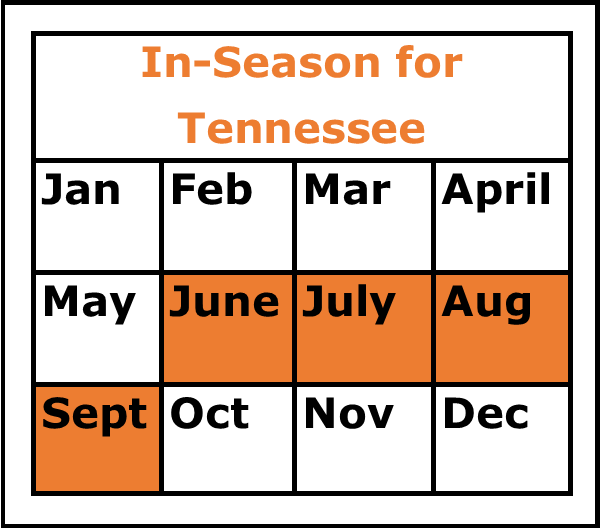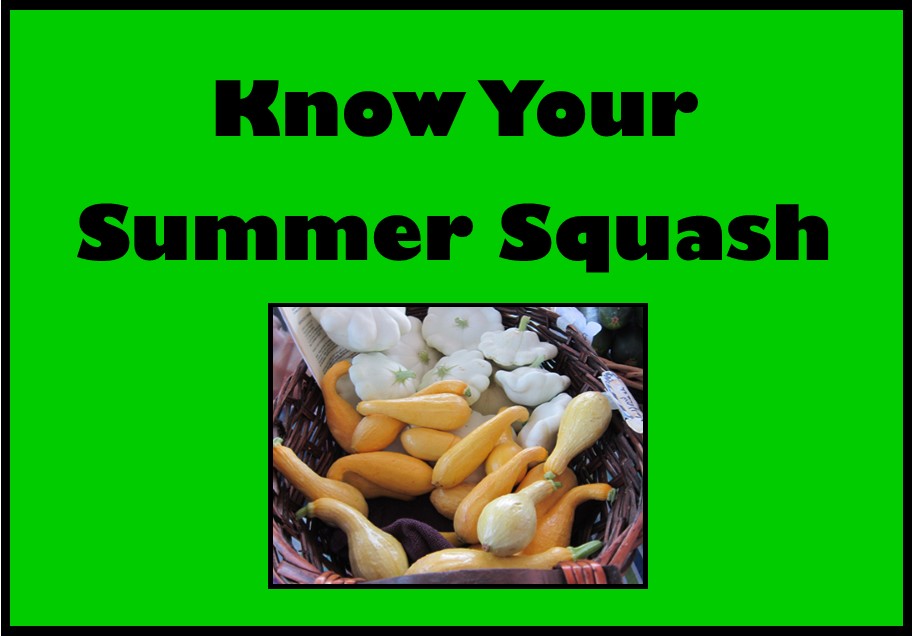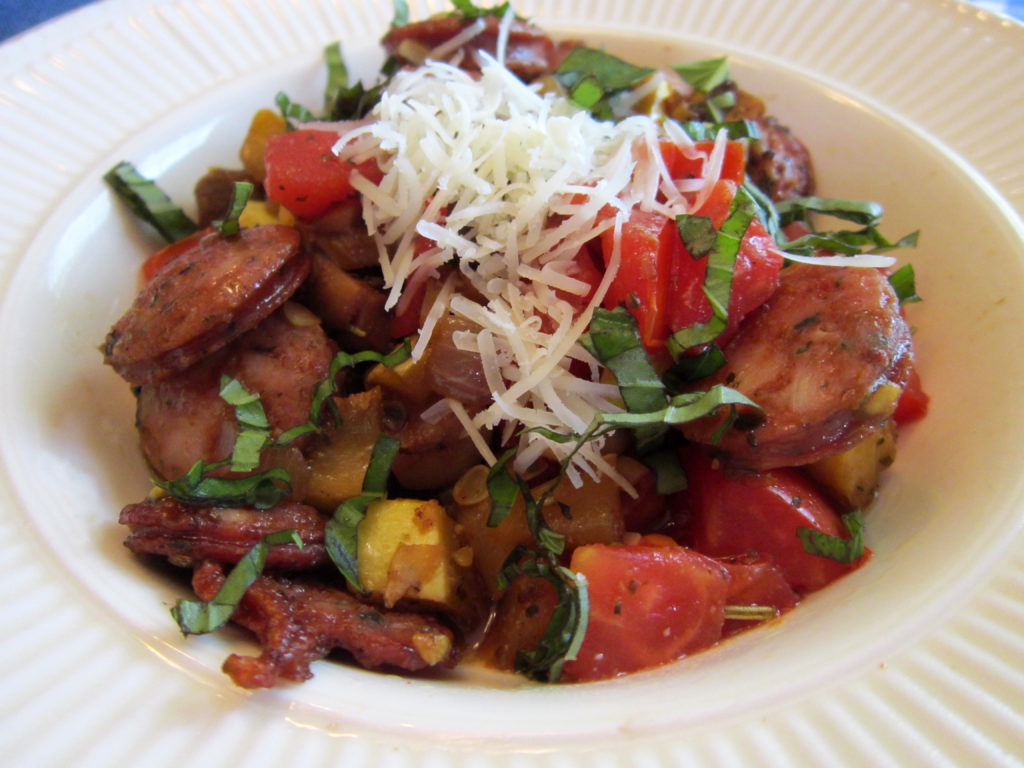
SELECTION
The younger, smaller squash are more tender and flavorful. So try to choose small to medium squash for most preparations. Larger squash that are a little overgrown can be salvaged by using in breads where they are grated. Look for unblemished squash that are firm (not wilted) to the touch.
STORAGE
Summer squash likes to be stored at 41-50 degrees F. and will last one to two weeks, but use within 3-4 days for best quality. Don’t wash summer squash before storing just make sure it is dry and place in perforated bags in the crisper drawer of the refrigerator. Wash just before using. Handle your squash gently as they are immature when harvested and will bruise and puncture easily.
PREPARATION
Summer squash have edible skins so you do not need to peel them. Simply wash with water to remove any debris or dirt. If you are making squash pickles, be sure to remove about 1/4″ from the blossom end as well as the stem to prevent enzymes from making the pickles soft. The seeds are also edible and usually small so you can leave them and simply slice or chop the squash depending on your recipe. For stuffed squash you will cut them lengthwise and scoop out the flesh, leaving a 1/4″ thick shell. The pulp from the inside is then usually cooked and added to the filling. If the squash is overgrown a little and has large seeds, scoop them out and grate the flesh and skin to use in quick breads. Be sure to press the excess liquid from the grated summer squash.
EDIBLE PARTS
All of the squash itself is edible except for the stem. The squash blossoms are also edible and can be stuffed with a filling or battered and fried for an unusual treat.
HOW TO TRY
Summer squash are very versatile, which is good since there is so much of it. The different types of summer squash are interchangeable in recipes so if you don’t have yellow crookneck but have plenty of zucchini, just replace it.
Summer squash can be used either raw or cooked. Salads are a great way to use up summer squash. Put them in a green salad or make a salad with chopped summer squash and a creamy or vinaigrette style dressing. You can add cubes of squash to pasta salads as well.
Try them sliced on a veggie tray with dip.
Squash can be sliced and cooked down and put into a casserole to bake or the slices can be sautéed with other vegetables.
They also make great gratins, layered with cheese or tomatoes or tomato sauce.
Pasta dishes are good with the addition of summer squash or you can add them to a stir fry or to rice dishes as well.
Try adding squash to summer vegetable soups or cook them down and puree for a creamy and flavorful soup.
Squash are also great for stuffing. Cut them open, scoop out the flesh and cook down with other vegetables like tomatoes, onions or peppers or meat. Stir in some breadcrumbs and cheese and fill the shells and bake.
Grated squash can be used in baked goods, like zucchini quick bread and in cakes like chocolate zucchini cake.
VARIETIES
There are many types of summer squash.
Scallop (or Patty Pan) squash is round and flattened with scalloped edges. Usually it is white.
Constricted neck squash is thinner at the stem end than the blossom end and is commonly referred to as yellow squash. It can be crookneck or straightneck depending on the shape.
Cylindrical or club-shaped squash includes varieties like zucchini, cocozelle and caserta. Sometimes these are referred to as Italian marrows or vegetable marrows. Usually green, they can also be yellow or almost white.
Preservation
- Please note that the former recommendations for canned summer squash have been revoked due to safety concerns.
Cooking Techniques
- Raw
- Baking
- Broiling
- Grilling
- Steaming
- Sautéing
- Stir Frying
Flavor Pairings
- Rosemary
- Thyme
- Basil
- Cheese – Cheddar/Parmesan
- Tomatoes
- Onions
- Peppers
- Sausage/Bacon
Recipes
- Summer Squash Soup
- Gazpacho
- Citrus Basil Farmers Market Pasta Salad
- Creamy Italian Zucchini Shreds
- Provencal Style Stuffed Zucchini
- Stuffed Yellow Squash
- Yellow Squash Casserole
- Zucchini, Carrots and Basil
- Summer Vegetable Tian
- Basque Vegetable Rice
- Zucchini Italian Style
- Ratatouille
- Yellow Squash, Sausage And Wild Rice Casserole
- Vegetable Enchiladas
- Fettuccine Primavera



